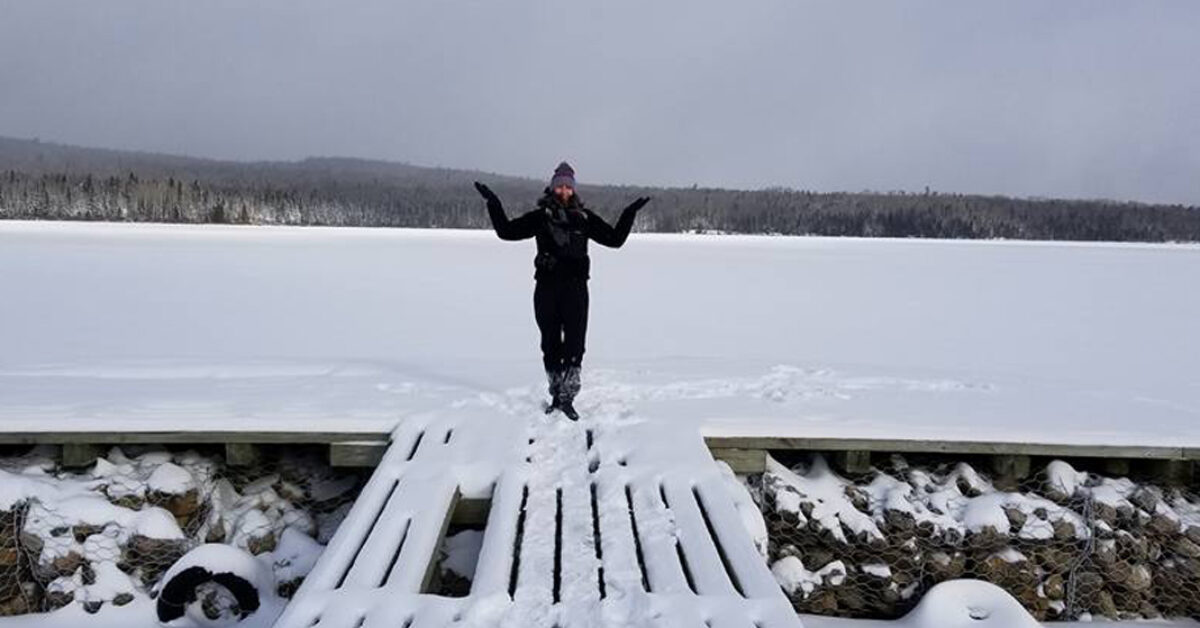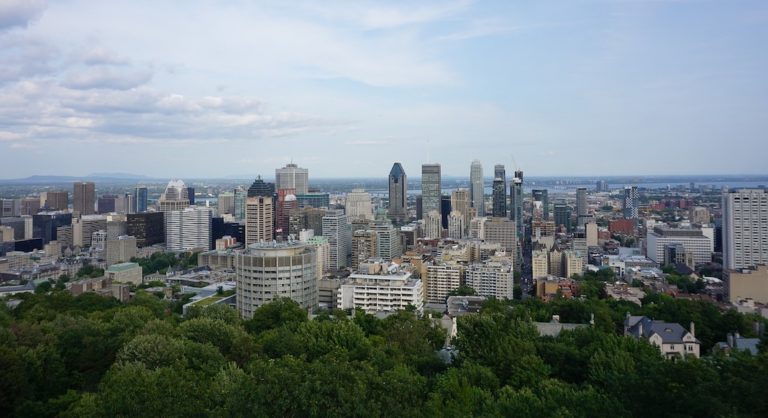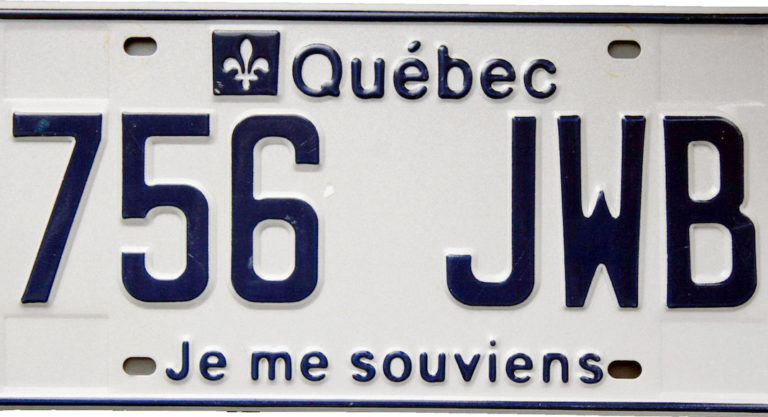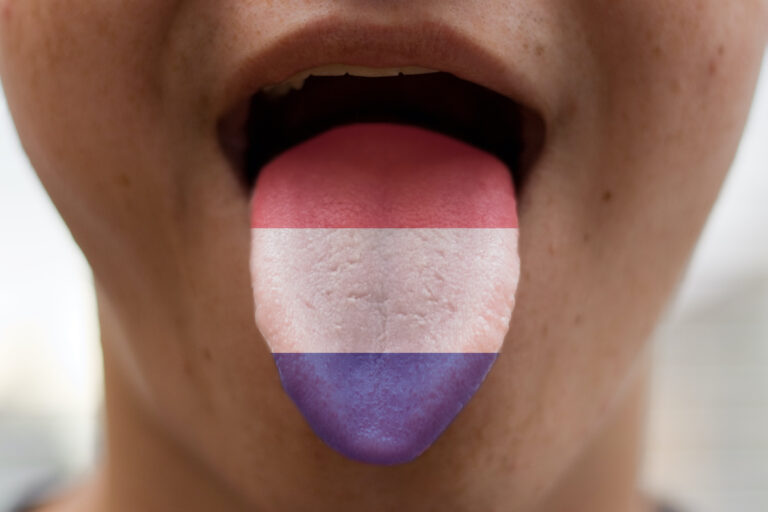While some believe that an underground city appears as soon as snow begins to fall in Montreal and that’s how everyone survives the winter, it’s actually quite possible to live normally even at 14° F — provided you’re equipped and ready for the winter. Here are some tips that could save your skin, literally.
“To have a good winter, there’s an easy recipe: you buy a good coat and a good pair of boots,” Isabelle Deslauriers begins, speaking from the middle of her workshop where she’s been making winter coats since 2013. “These are coats that are close to the body and very warm, that can be worn down to -13° F and up tp 41° F too,” says the craftswoman at the heart of the Desloups brand, proud to offer creations that keep city-dwellers warm.
Another important rule to follow is to keep your feet dry. “It is essential to dry your boots when you go home. We often forget it,” says the Quebecker, who recommends using boot dryers (about $10 to $40). “With this in your boots every night, you’re guaranteed to have a good day the next day.”
In fact, if, during the winter, you sometimes don’t feel your toes when you walk in a few inches of snow, it’s because your socks are soaked and your shoes are too old, too cheap, or not durable enough to handle the weather. Essentially, you didn’t have the right boots. Before winter, you have to find the right shoe for your feet.
As for the famous onion technique — when you accumulate several layers of clothing —Deslauriers is skeptical. “You don’t do that unless you have technical clothing [specially designed for winter] that really keeps you warm, or unless you’re adding a fleece under your coat.”
As for protecting your legs, don’t hesitate to buy snow pants. “I put them over my tights. When it’s -4° F, it keeps me from freezing I, for example, put them on top of my tights: when it’s -20°, it keeps me from freezing while walking,” says Deslauriers.
The thing to get rid of? Cotton undergarments. “Fur is also not essential. It’s more of an aesthetic choice in reality,” explains Deslauriers. It is nevertheless, she says, essential to have a deep hood so that the wind doesn’t reach the face. “You need a hood that fits snugly on the head and properly covers the skull. Then you can add, if you want, a fitted beanie underneath.”
Additionally, the editorial staff in Montreal would like to point out that it is necessary that the beanie cover both ears completely (forget the hipster style in the middle of the Canadian winter). Finally, add an oversized scarf (scarf) to cover your neck and chest.
On the budget side, you’ll have to shell out quite a bit of money, but it’s all worth it. “Expect to spend about $500 for a really good coat that can be kept for an average of 5 years. When you have a good coat, you enjoy winter! You’re happy to get outside, you’re not cold.”
You can also expect around $250 for high (mid-calf), warm, lined, and waterproof boots with, if possible, thick soles. “That’s what it takes to deal with slush, mud, and pools of water.”
Once you’re bundled up, you can actually enjoy Igloofest and the Quebec Winter Carnival!
List of accessories to perfect your winter outfit:
crampons/shoe grips for snow and ice
a fitted beanie
a neck warmer
long underwear / long johns (not to be confused with leggings)
hand warmers (you’ll quickly understand why)
padded gloves (suitable for touch screens)
This article has been translated from an article on our sister site, Maudits Français.








